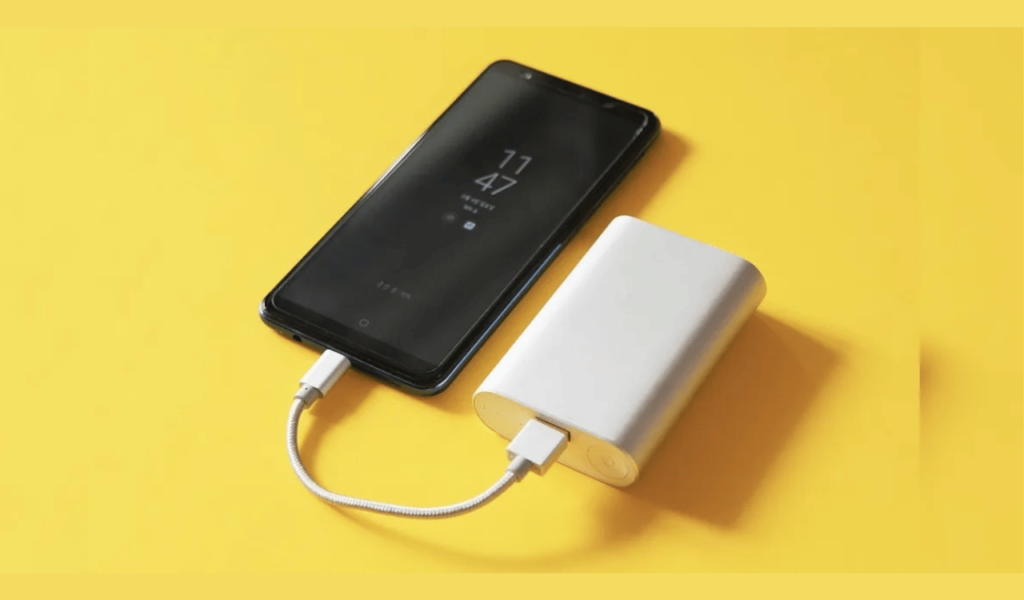On Friday, December 23rd, the European Union agreed to a law that will soon be passed at the European Parliament. The law is in furl that all smartphones maker have to ensure their phones must have replaceable batteries, after Type-C. This needs to follow by all smartphone makers, including iPhone makers. The aim to mandate replaceable batteries is in line with the EU’s efforts to reduce e-waste, as seen in the common charger law.
Under this body of law, the continent will have to follow the official order for the use of replaceable batteries that power our consumer gadgets. In addition to having specific guidelines for recycling batteries. The move, on the face of things, may be the end of sealed battery designs that have today become commonplace in the smartphone world and enable users to conduct repairs of their devices by themselves. The goal is to reduce the propagation of electronic waste by reusing components of gadgets that we use every day.
How replaceable batteries may work — or not
Once the decision came in to follow the very second question arises how replaceable batteries will work? However, it is important to understand the constraints proposed by the new law. Prior to this, when the EU proposed a law to establish a common charger, the latter already came in the same direction that consumer electronics companies were already progressing in. Most companies were shifting to USB-C on their phones, and even other categories such as wireless headphones, cameras, and even laptops had begun migrating to USB-C.
The EU law aims to bring about a change in this by mandating a comprehensive change in the entire life cycle of battery production and design. The replaceable batteries law, however, would be fundamentally different, since most product designs today use sealed, non-removable batteries to make devices look seamless — especially in the smartphone space.
This change would include at least 16 percent of Cobalt, 85 percent of Lead, 6 percent of Lithium, and 6 percent of contained Nickel to be obtained from recycling. This could be a move that affects the likes of Apple and Samsung, which have moved to a sealed battery design in order to get a seamless appeal in the way their smartphones look. To circumvent this, companies could also offer users a self-repair process that could let them procure replacement batteries for their devices, and swap them by themselves.
Concluding…
Hope you got the pure idea of the fact. More details of how these companies would appeal against the law, as well as how it would be implemented. For more news and updates and other technical information, @Samnew24 will consistently provide you, stay tuned forever.
JOIN US ON TELEGRAM GOOGLE NEWS
